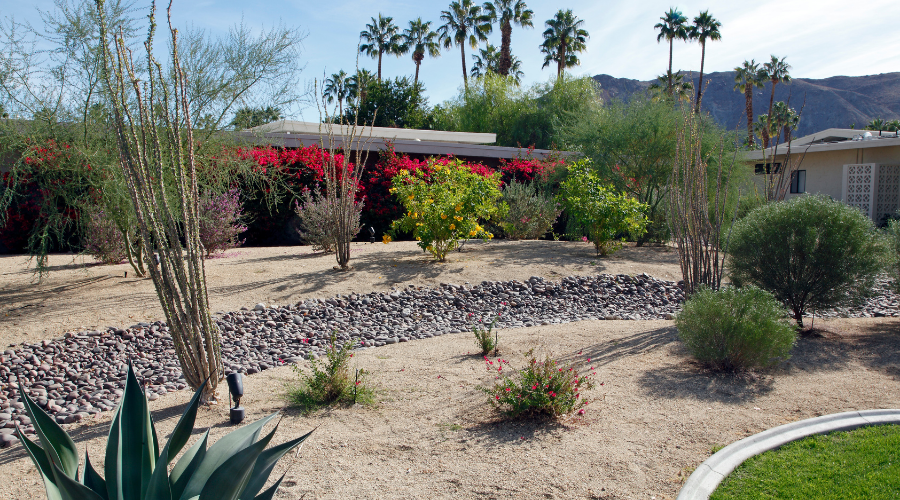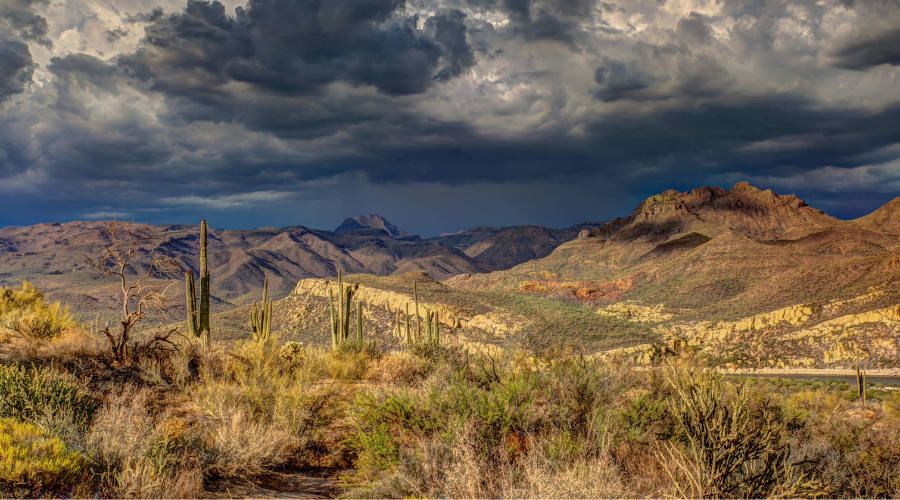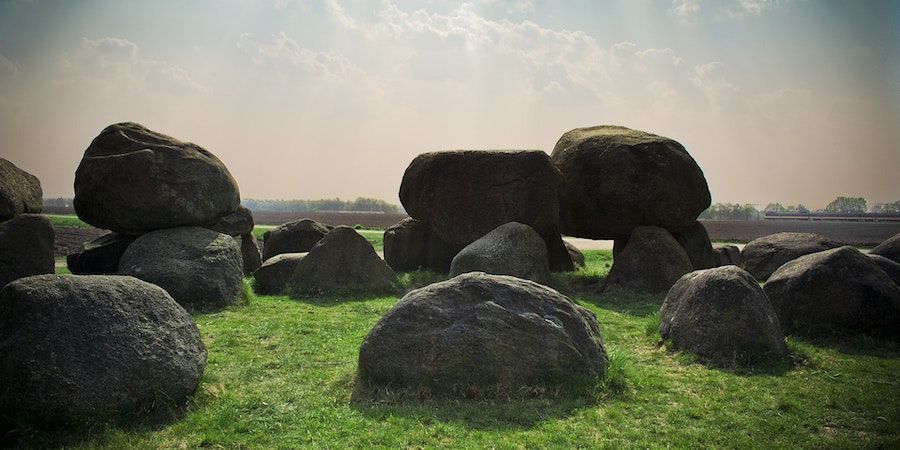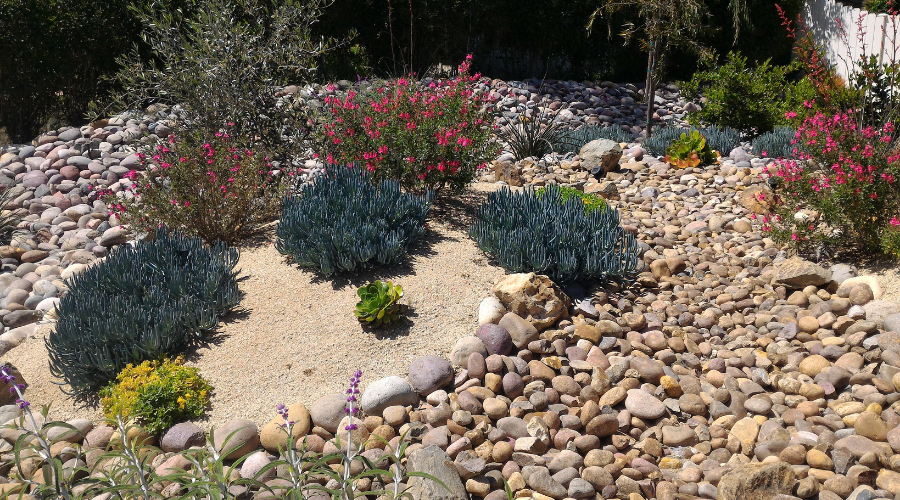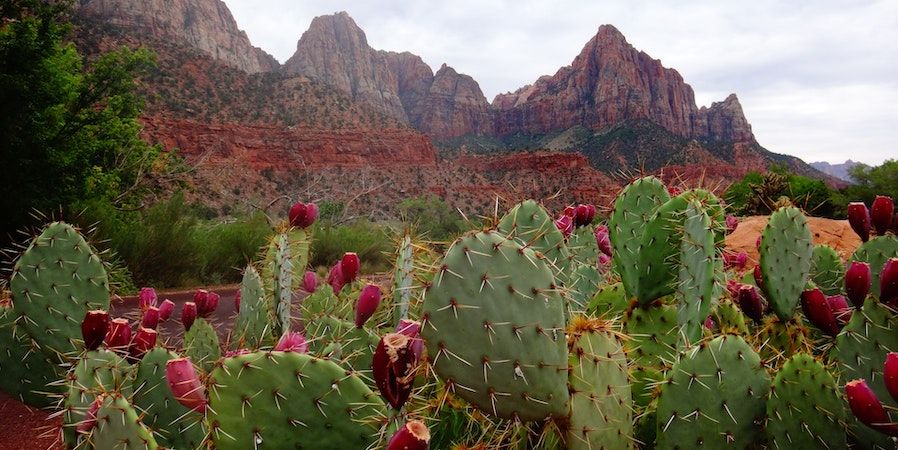To understand what xeriscaping is, let’s take a look at the origin of the word. It’s a combination of the word ‘landscaping’ and the Greek word ‘Xero’ that means ‘dry’. So xeriscaping is the act of landscaping your yard in a dry environment.
Xeriscaping is a crucial practice that will become more important as our planet gets drier and water becomes more scarce. If you're serious about water conservation, you'll love how many gallons of water you'll save with xeriscaping.
Now, before you conjure up images of the Sahara Desert, let’s explain why you should xeriscape your lawn.
Water Is Life
Image credits: ronymichaud via Pixabay
Without water, none of us would be here. And potable water is becoming more and more scarce the world over. Don’t let the El Nino/La Nina cycle fool you. Those torrential downpours won’t be constant.
According to Denver Water, in Denver, Colorado, more than half of the city’s drinking water is used on lawns. Add this to the fact that grass (for lawns) is the largest irrigated ‘crop’ in the United States, and you may come to the conclusion that much of this precious life source is wasted on lawns.
One of the main principles of xeriscaping is to reduce the water consumption in your yard. A simple way of doing this is ditching the lawn. Depending on how you look at it determines where the pros and cons of xeriscaping land.
The secondary focus of xeriscaping is doing this in a way that leaves you with a beautiful yard you can be proud of, not a giant sand dune.
Not Only For Arid Climates
Image credits: Pexels--2286921 from Pixabay via Canva
You may be thinking that xeriscaping is only for arid areas. The truth is, anybody can benefit from xeriscaping, whether you have 3 inches or 3 feet of rain in a year. There are drought-tolerant plants that are suitable for most climates and regions.
And if you do live in an arid climate, then xeriscaping is a no-brainer. Instead of fighting against the elements to maintain a lawn and a pretty garden, you could work with them to help you maintain a pretty garden and a cohesive landscape in your yard. What's more, you could focus on the native plants that have adapted to the climate in that particular area.
Most Waterwise plants are adaptable, too. Take Portulacaria Afra (common name spekboom), for example. This amazing plant has a photosynthetic mechanism that allows it to survive in all sorts of weather conditions. So whether you’re in the midst of a drought or a flood, your spekboom will be thriving.
More Than Just Cool Rocks
Image credits: Joeri Römer via Unsplash
I’ll be the first to admit that rocks are cool. But xeriscaping is more than just organizing cool rocks into an urban art piece. There’s a huge selection of Waterwise plants that would be fit for a xeriscaped yard.
The obvious starting point is succulents. Cacti, creeping ground covers, and aloe vera are all types of succulents you can have in your xeriscaped yard. Succulents mostly thrive in full sun, so reserve the succulents for the hotter parts of your yard.
Despite what I said about lawns above, grass has a place in xeriscaping. There are Waterwise grasses that will add some interest and contrast to any yard, especially a xeriscaped one. Take a look at the native grasses in your area for some ideas and inspiration.
Native plants also have a large role to play in xeriscaping. Native plants have adapted to the climate in a particular area, so once they're established, they shouldn't need any special care or maintenance.
Now for the fun part; flowers. There is an enormous selection of flowers that would survive in a water-wise garden. A good place to start would be the typically ‘Mediterranean’ herbs. Things like rosemary and lavender. They have pretty flowers, they smell nice, and they don’t need much water once established. Perfect for upping your curb appeal using xeriscaping.
And don’t forget about the rocks.
Low Maintenance
Image credits: remedypic via Canva
It right here is one of the best benefits of a xeriscaped yard. Once it’s established, there won’t be much maintenance to keep it looking its best. Watering is reduced, so all you’ll have to do is fertilize now and then, and even that isn’t completely necessary.
You will get some weed growth, but since there’s not much water available, even weed pressure will be reduced. This weed pressure is reduced even further if you cover any bare soil with an organic mulch.
Another benefit of using organic mulch is that you can run your drip irrigation under the mulch layer, reducing evaporation. This also works if you're using an inorganic mulch.
If you think about all the time you spend mowing, raking, watering, and fertilizing your lawn, the time saving alone could tip you over the xeriscaped edge.
The Birds And The Bees
Image credits: George Pagan III via Unsplash
A benefit that won’t be immediately obvious, but will slowly get better over time, is that xeriscaping will bring an abundance of wildlife into your yard. Bees and other pollinators will flock to the flowers when they’re blooming.
Birds will come to snack on the pollinating insects or perch in the shade. And you’ll find all manner of lizards and other cold-blooded critters sunning themselves in your sanctuary.
To encourage this, make sure there is drinking water available for all these critters. A wide, shallow dish is a great watering hole for birds and bugs alike. Make sure you line the edges with stones that stick out of the water so that any insects that end up in the water have a way to get out. Also, since we’re trying to reduce water consumption here, put the dish in the shade to reduce evaporation.
That’s That
That’s it. Those are the reasons you should consider xeriscaping your yard. Lawns are great, but they’re painfully high maintenance and resource-heavy. If you’re looking for a beautiful landscaping solution for your yard that’s easy to maintain and doesn’t take much to do, consider xeriscaping your yard, and make sure to discover the best xeriscaping plants!

